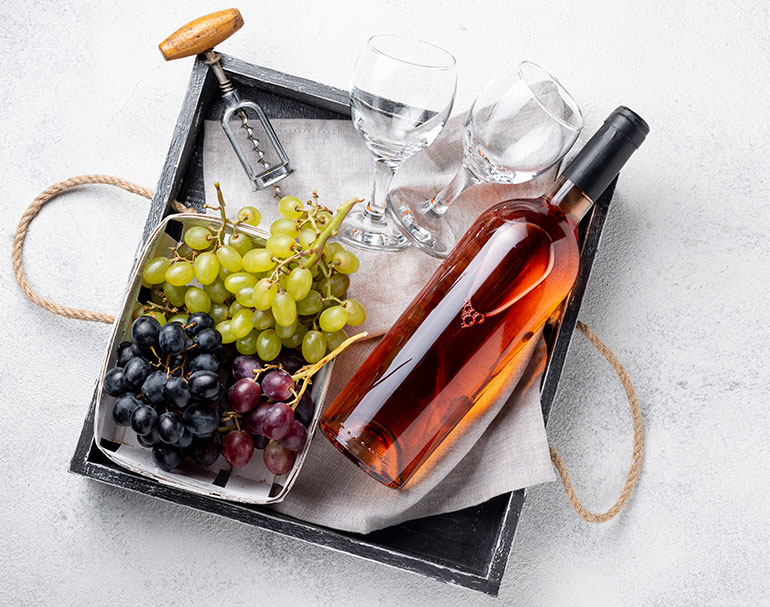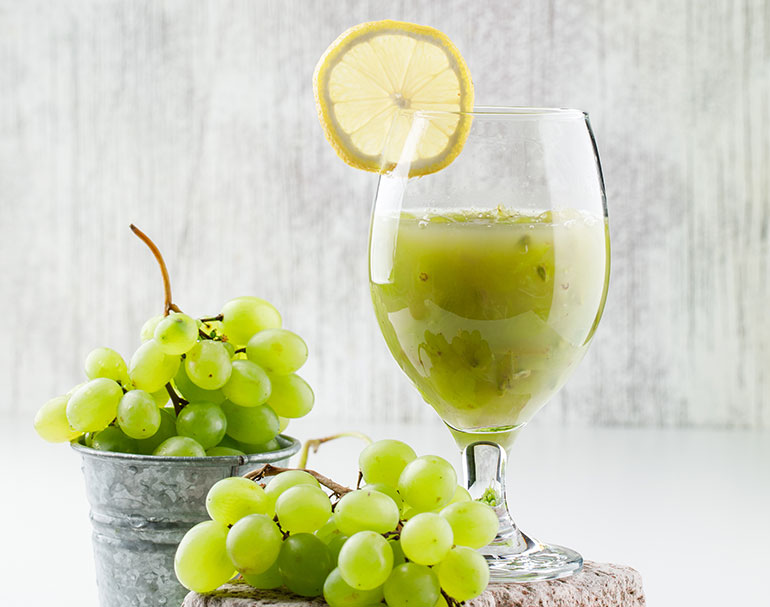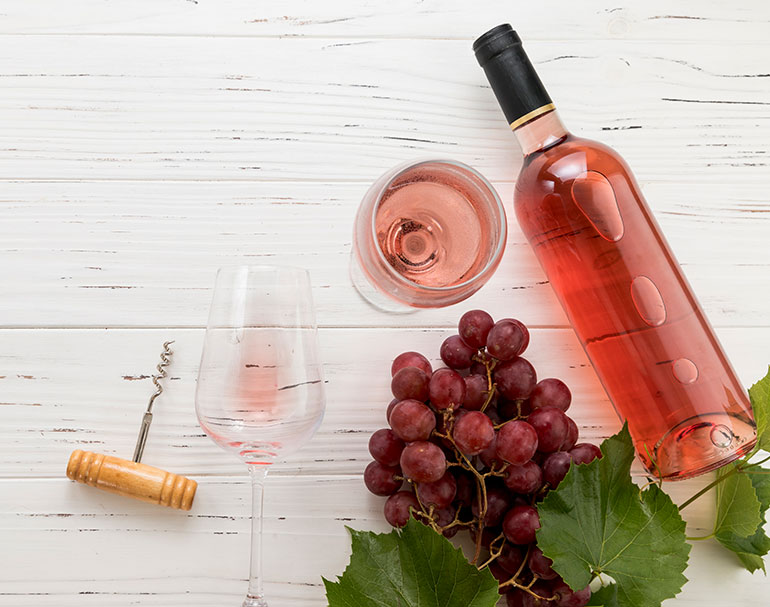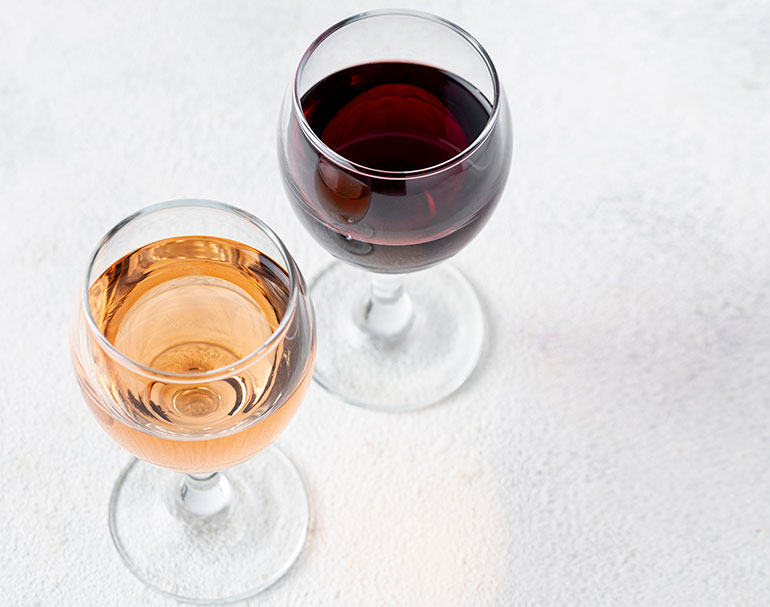While glass bottles can be recycled, there are other options with eco-credential that you may not have thought about. From bag-in-box, to bagnums and cans, here’s our round up of some green packaging alternatives you should consider. Often conjuring up images of student parties or music festivals, bag-in-box wine is going through a change and deserves a rethink. Synonymous with cheap wine in the eighties, the quality of boxed wines has come a long way since with more choice available than ever before.
Bag-in-box
From an environmental point of view, bag-in-box is easier to stack and much lighter to transport than bottles, significantly reducing the carbon dioxide emissions associated with shipping and delivery. In the end, a bag-in-box generates just 75g of carbon dioxide, almost ten times less per litre than a traditional glass bottle.
Beyond transportation, wine wastage is another key factor, with an estimated 624m bottles of wine going down British drains every single year (easily enough to make any wine lover weep).
Wine is vulnerable to oxidation and when exposed to air can go stale after just a few days. It is generally advised to keep an opened tipple between three to five days, which can generate a fair amount of waste. With bag-in-box, this problem is almost non-existent. The wine stays fresh for at least six weeks after the first pour with the oxidation process only starting after a few months. Like an opened bottle of wine though, it’s best to keep it in the fridge (even a red).
Bagnums
Taking minimalism to the next level, a bagnum is a pouch without the box (a scantily clad bag-in-box so to speak). They benefit from all the advantages of boxed wine, being designed to keep the wine fresher for longer and reduce transportation, storage and packaging costs.
By packaging wine only in a bag, carbon emissions are reduced even further than for bag-in-box and the price tag can be reduced by 30% compared to a bottle of wine. Naturally, it also reduces waste. In short, another great alternative if you’re looking to reduce your impact on the planet.

Cans
The latest trend in the world of wine packaging, cans are taking off in the United States and are now popping up on supermarket shelves across the UK. While more typically associated with something sparkling, in many ways cans are the perfect format for wine – both still and bubbly.
As with bag-in-box packs, the lighter packaging makes it easier and cheaper to transport and results in a lower carbon footprint. Aluminium cans are also widely and easily recyclable, with cans typically made up of 70% recycled content compared to 20-30% for glass bottles.
Beyond the environmental advantages, single serving cans also offer a great option for health conscious sippers looking to cut down on alcohol intake. Again this can result in less waste. Cans also have the convenience factor of being easy to carry, with no need for a corkscrew or glass (unless you want one). Just imagine popping a few cans in your cooler and heading to the beach for a few fresh Proseccos in the sunshine – isn’t this a perfect world?
With more choice and higher quality options than ever before, alternative packaging will likely shake off some of its less glamorous associations. What they may lack in visual appeal or romance, they certainly make up for in green credentials and convenience.






I also believe bringing your own reusable growler to wine stores would obviously be the most eco-friendly option 🙂 Anyway, thanks for bringing up such an important topic for eco-activists!